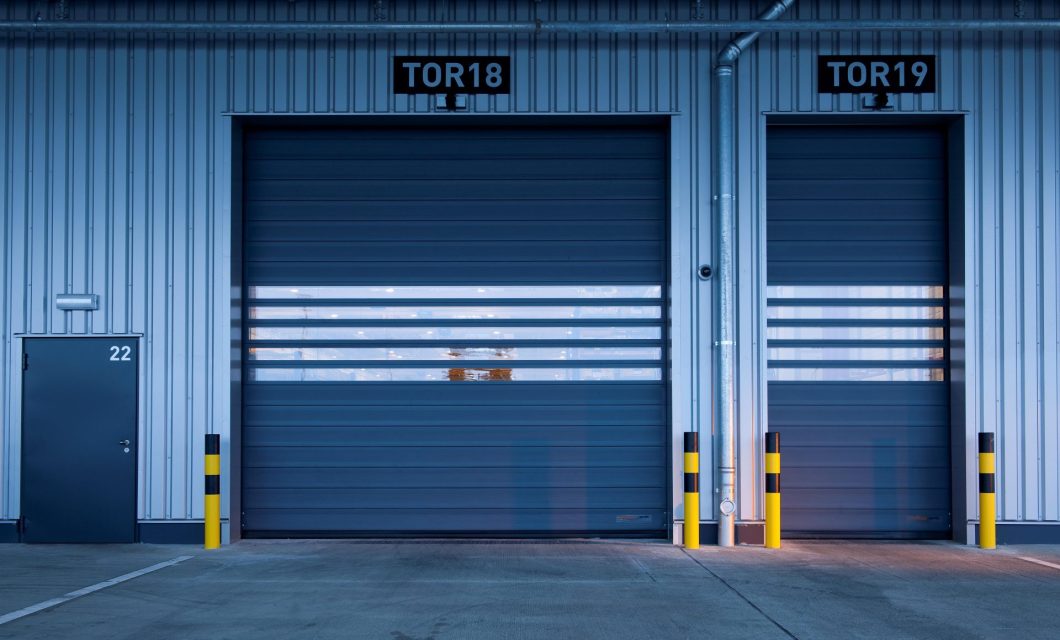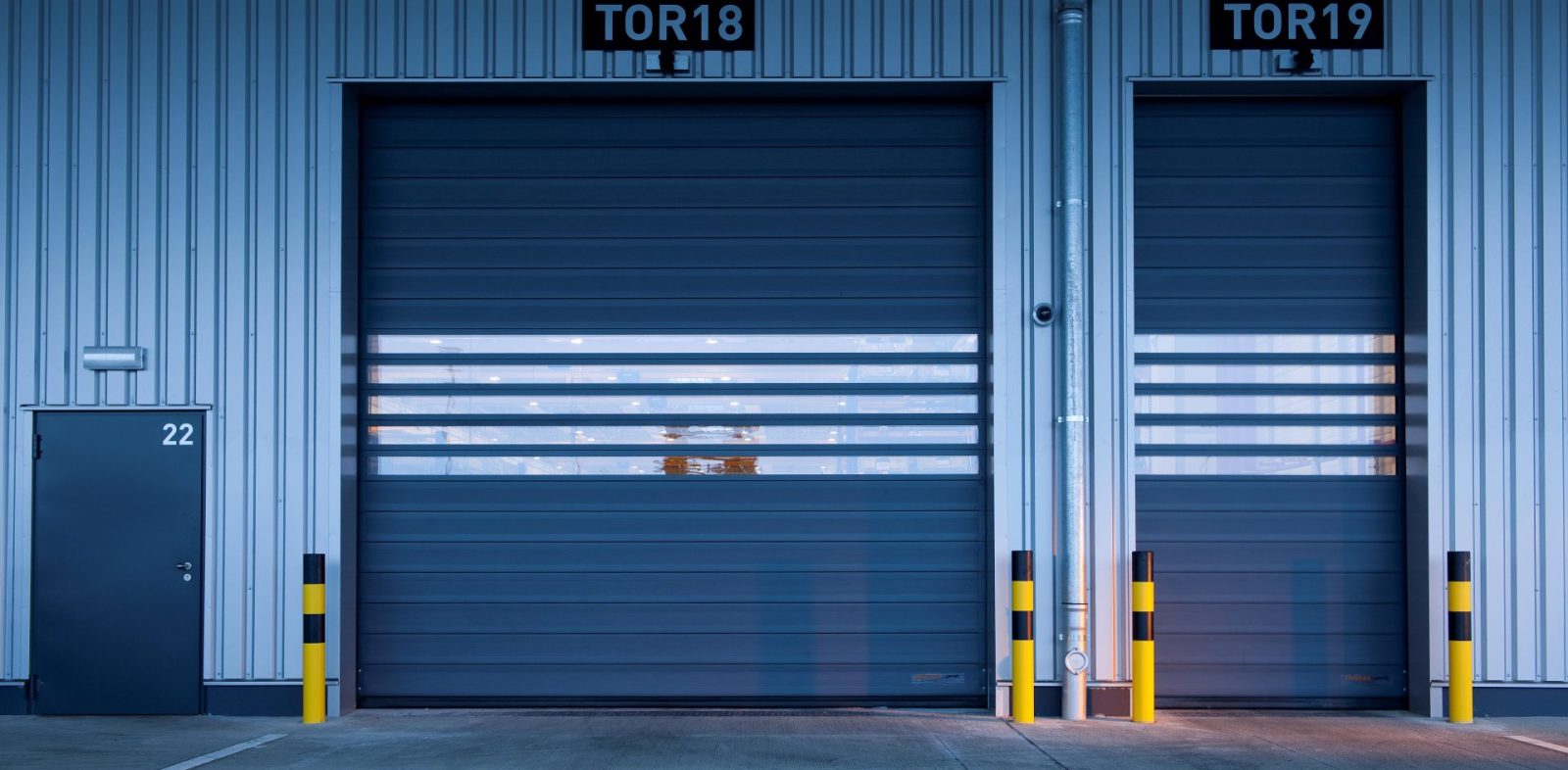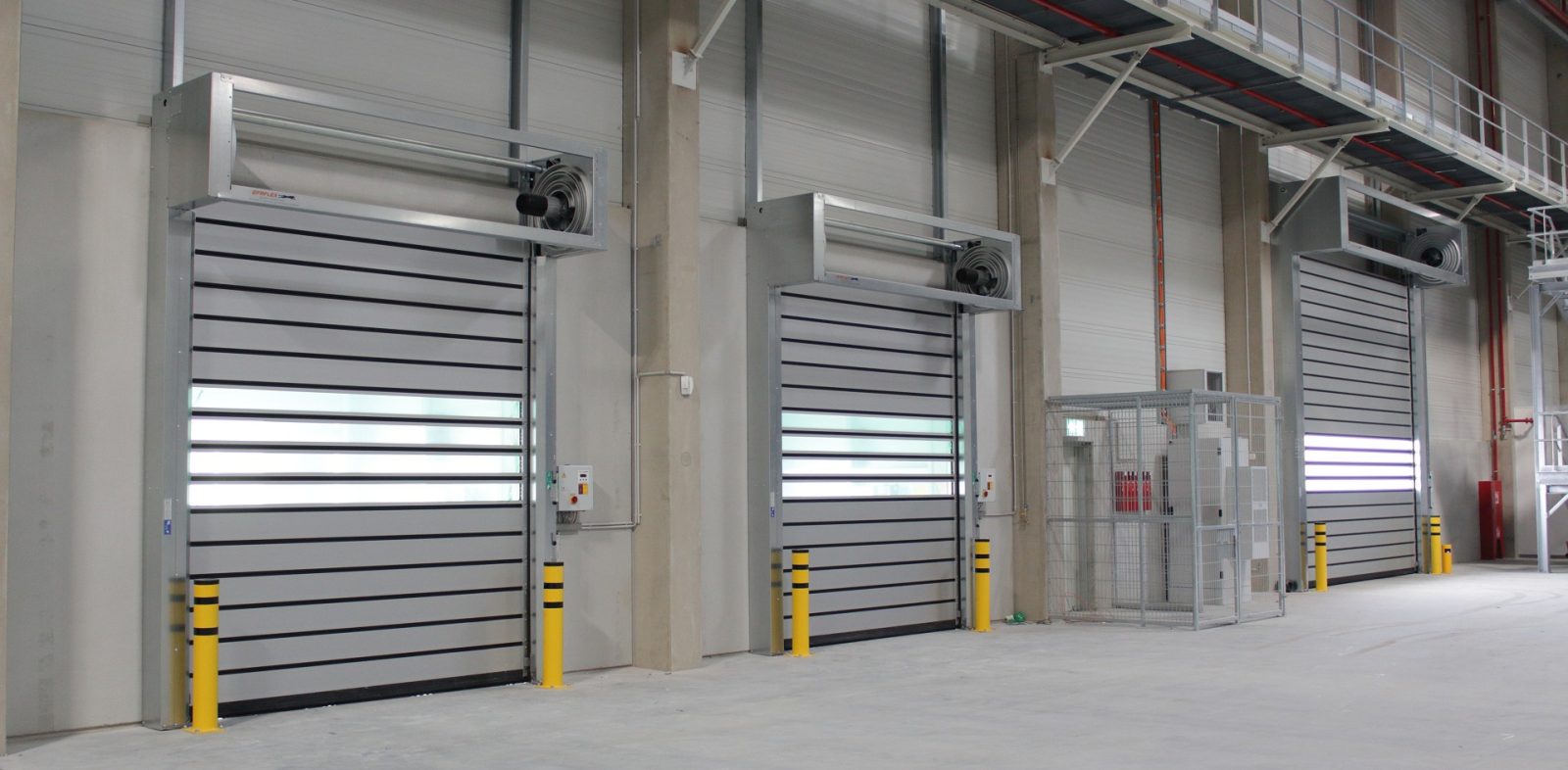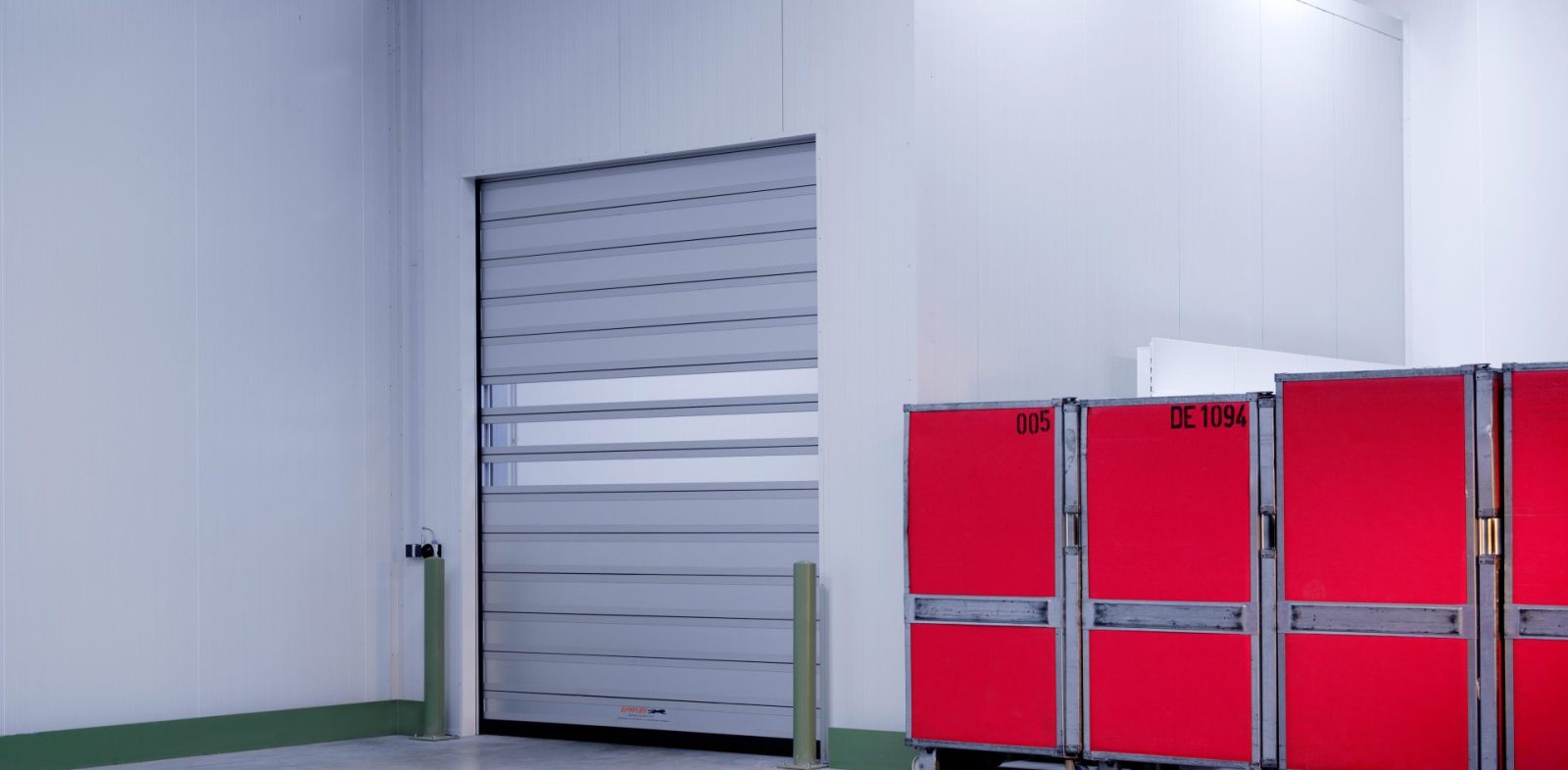
Less CO2 emissions with EFAFLEX high-speed doors:
Door manufacturer drives customer sustainability strategies
Make a measurable contribution to climate protection in the long term and at the same time reduce energy costs by up to 70 percent: the specialists at EFAFLEX Tor- und Sicherheitssysteme GmbH & Co. KG provide support to their customers with their tailor-made products on multiple levels when it comes to sustainability. At BAU, the world’s leading trade fair for architecture, materials and systems, they are presenting a new digital tool that will make energy efficiency measurable in the future.

Acting sustainably – more and more companies are rightly deciding to do so. The experts at door manufacturer EFAFLEX go one step further. “We not only pay attention to our own ecological footprint,” says Jan Hauffe, Head of Product Management at the door manufacturer. “We make customer sustainability a priority. For this purpose, our door systems are fundamentally well thought-out in terms of their construction and equipment. The latter concerns the clever sensors and the high-quality accessories.”
Less heat loss, less CO2 emissions
The construction of the high-speed doors keeps temperatures constant, for example in warehouses and production facilities: one of the levers against unnecessary CO2, emissions. Extremely high opening and closing speeds – up to four meters per second – drastically minimize the exchange of air. Because no thermal energy escapes, none has to be supplied again. “This also makes sense with a view to the European Green Deal to avoid greenhouse gases, under which CO2 emission rights will be restricted in the future and made more expensive at the same time,” says Hauffe.

Durability and clever sensors
The durability of the doors also has a positive effect on the efficiency balance and budget. “With a service life of ten years and more, our high-speed doors often achieve several million cycles,” says Hauffe. As a result, they usually last many times longer than products from competitors. In addition, there is less energy use during production, less consumption of resources, use of raw materials and assembly journeys. The service life is also extended by clever, digital sensors: a targeted opening and closing mechanism, for example, avoids unnecessary cycles and increases efficiency through reduced energy consumption and reduced energy costs.
Tightness promotes environmental protection
The use of EFAFLEX high-speed doors also literally pays off in refrigeration systems. “Many operators use refrigerants that accelerate the greenhouse effect if they are released into the atmosphere unintentionally,” says Hauffe. “In addition, leaks due to the ingress of heat can lead to significant damage to the stored goods. At the very least, they increase the cost of refrigerants.” With particularly robust seals, lips and flaps, the door manufacturer supports customers from this sector in passing the regular statutory inspection for leaks and making a valuable contribution to climate protection. In general, these door properties contribute to even better insulation and also reduce heating costs in normal warehouses or production facilities and prevent thermal bridges.

Savings potential in concrete numbers
In addition to the avoidance of thermal bridges and reduced energy use, concrete figures make the sealing advantages even clearer: A high-speed door from EFAFLEX relieves the user’s CO2 balance by up to twelve tons – a cost saving of up to 5,000 Euros per year. “With our high-quality insulating material, we achieve insulation values of less than 1 W/m²K,” says Hauffe. For comparison: According to GEG (German energy law for buildings), a target room temperature of more than 19 degrees Celsius requires a U-value of 1.8 W/m²K. The next milestone: “We can express all the advantages of our doors mentioned in numbers and show customers their savings potential based on concrete measured values,” says Hauffe. With the EFA Energy-Saver, the team of experts from the world market leader has developed a digital tool that customers can use to quickly and easily calculate their energy and CO2 savings compared to other doors. It will be presented to the public for the first time at the BAU.


